Literally translated as the “apple of discord”, Manzana de la Discordia refers to a block of buildings in Passeig de Gràcia created by some of the era’s most famous architects. This section, which is situated between Aragó and Consell de Cent streets, encompasses five buildings, some of which have become some of the most recognized modernist works in the city.
During the late 1980s, Eixample was going through many changes and when the laws that restricted the decorative elements in the buildings’ facades disappeared, new and gorgeous elements started emerging. Many buildings went through reforms, changing on the inside and the outside.
Related article: The old and the new: Barcelona’s most stunning architecture
Table of Contents
Gaudí vs Domenèch i Montaner vs Puig i Cadafalch
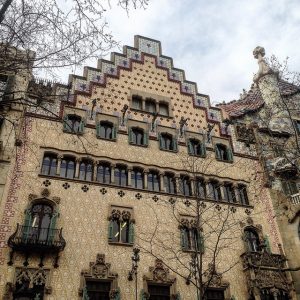


Photo by biwabcn via Visualhunt
Antoni Gaudí, Lluis Domenèch i Montanter and Josep Puig i Cadafalch were some of the most prestigious architects of the time and they all had works commissioned in that section of Passeig de Gràcia. Knowing their work would be on display right next to its rivals, each architect did their best to create the most impressive facade. The results both surprised and shocked the public, with the newspapers of mocking the rivalry by dubbing the block “manzana de la discordia“. The name playfully refers to a tale from Greek mythology in which the goddess Eris (the goddess of discord) upon not being invited to the wedding of Peleus and Thetis, decides to cause trouble. She sneaks a golden apple into the pile of wedding gifts but places no name on it, only the words “the most beautiful”, causing each of the other goddesses to claim the apple as their own. After a lot of arguing and attempts of bribery, the apple ends up causing the War of Troy.
Related article: Barcelona’s UNESCO World Heritage Sites
The buildings of the Manzana de la Discordia
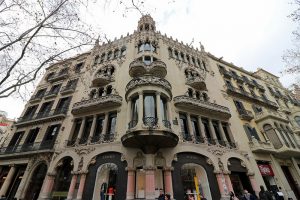


Photo by Joanbrebo via Visualhunt
There are five buildings in the Manzana de la Discordia, though there were only three of them that actually sent newspapers into a frenzy.
Casa Lleó Morera was born from the remodeling of the old Casa Rocamora. To bring his vision to life, Lluis Domènech i Montaner hired some of the most experienced artists of the time, to add detail and perfection to every single inch of the house. With its beautiful use of ornaments, sculptures, ceramics, wood, marble, stain-glass, and mosaics, Casa Lleó I Morera became one of the most valued pieces of Spanish architecture, a treasured example of Catalan Modernism.
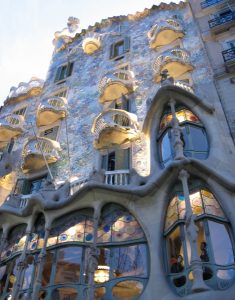


Photo by Warl0rdPT via Visualhunt
Casa Amatller was originally created for chocolatier Antoni Amatller, designed to be a gothic urban palace. Much like Domenèch i Montaner, Josep Puig i Cadafalch hired skilled sculptors to help bring his vision to life. This stunning modernist house was the first of the three to be refurbished and it was declared Bien de Interés Cultural in 1976.
Casa Batlló is undoubtedly the most famous of the three buildings designed by the competing architects. Known by some as “the house of bones”, Casa Batlló was, like most of the works by the architect, inspired by elements in nature. With its ocean-colored facade and it dragon-scale roof, the house left no one indifferent, which continues to be true to this very day. Casa Batlló was one of Gaudí’s many works to have been declared a UNESCO World Heritage Site.
All of these buildings are worth a visit and are open seven days a week, except that Casa Lleó i Morera, which used to be open to the public but can now only be visited online.
Looking for an apartment in the city? ShBarcelona is the answer.
* Main photo by Bernard Gagnon via Wikimedia Commons









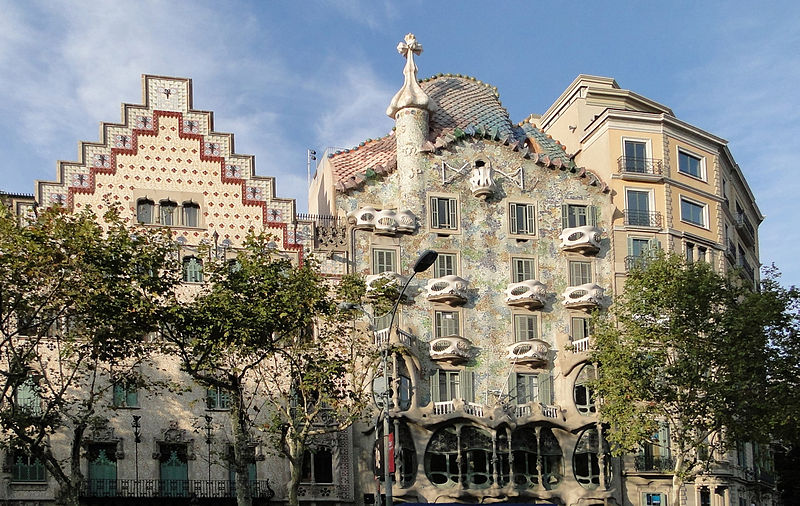
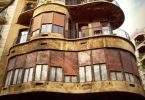

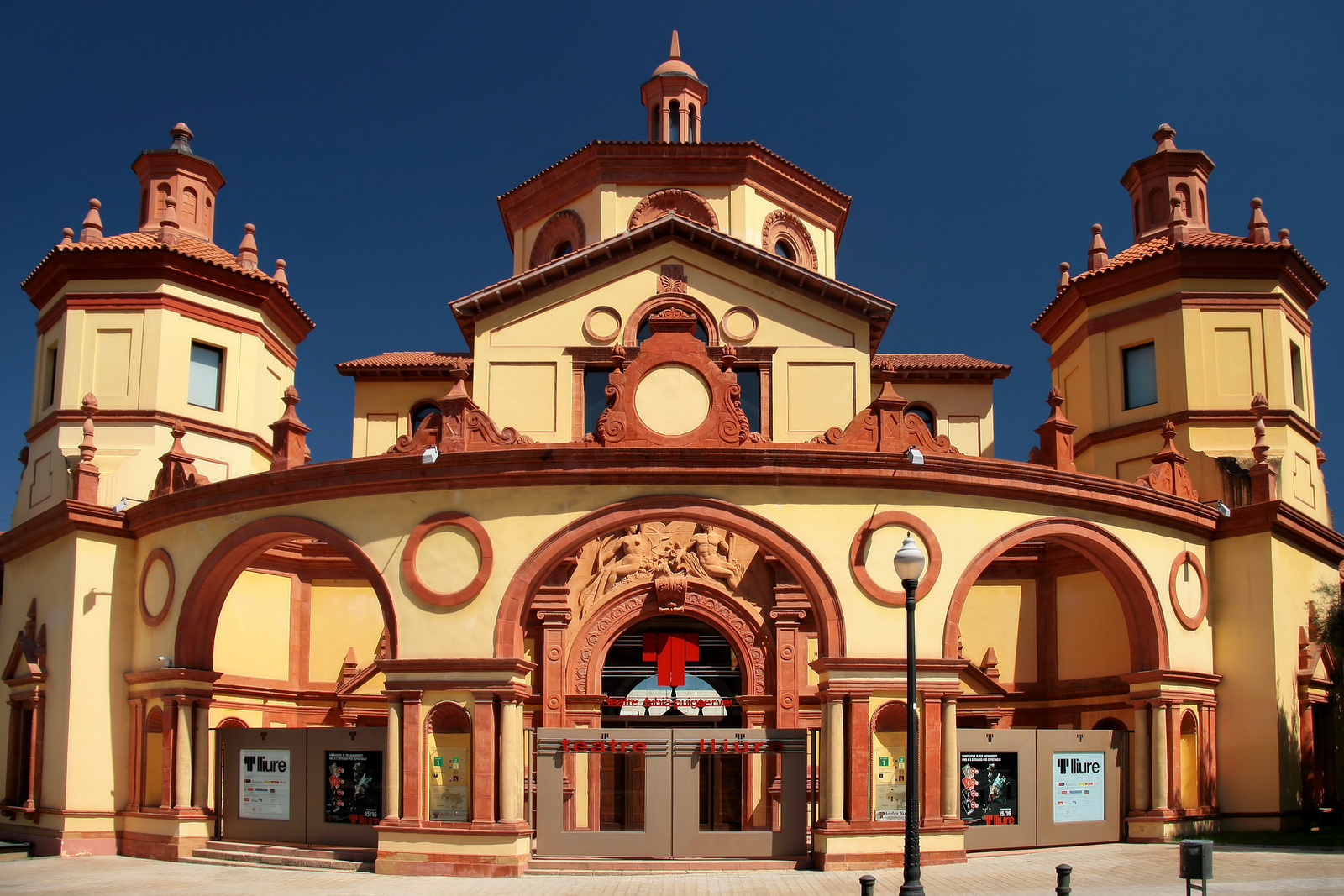

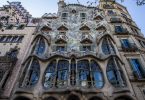
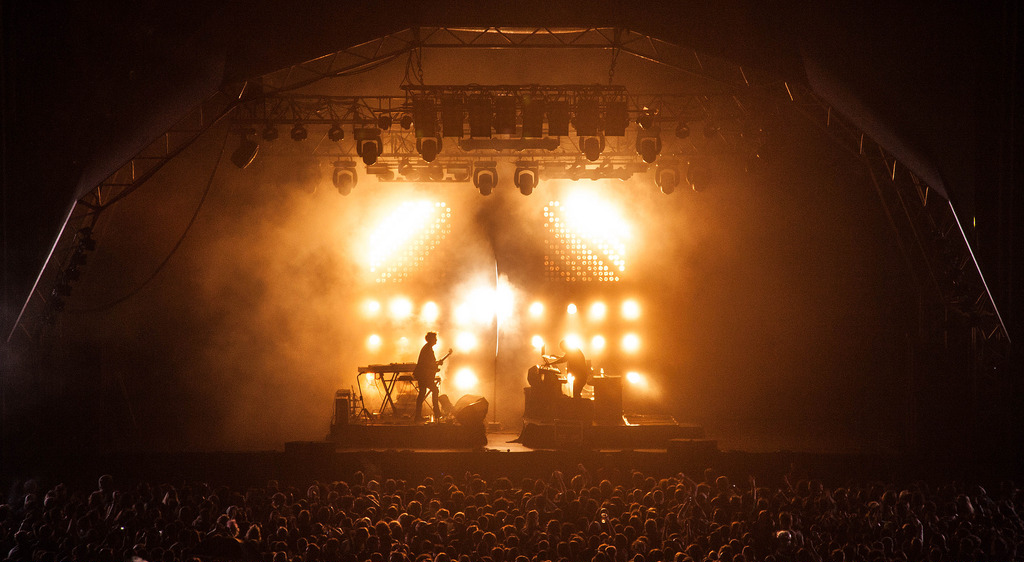

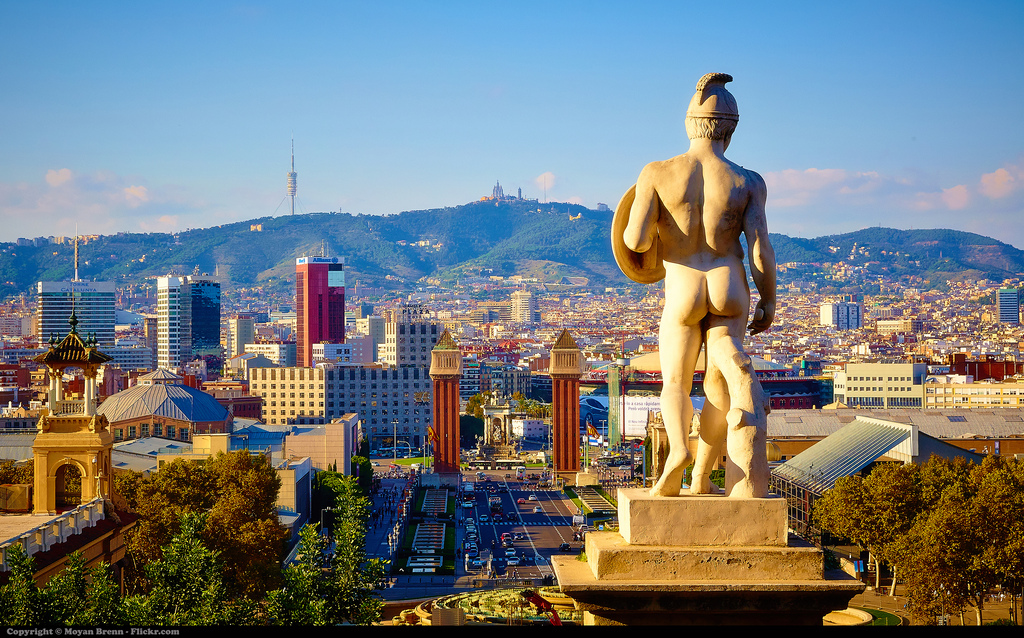

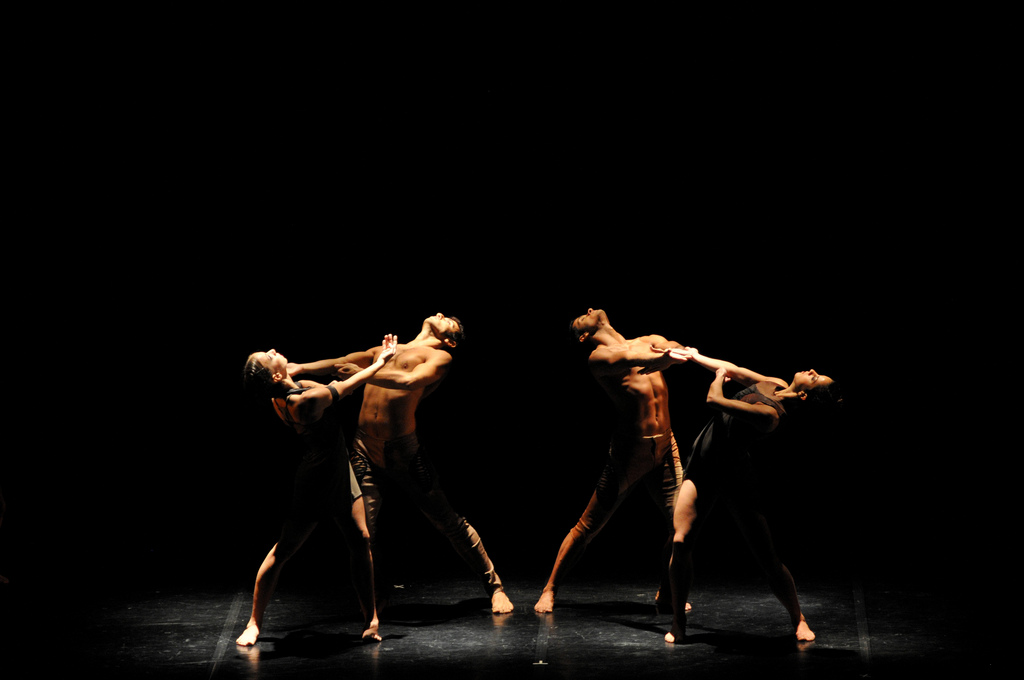

Leave a Comment